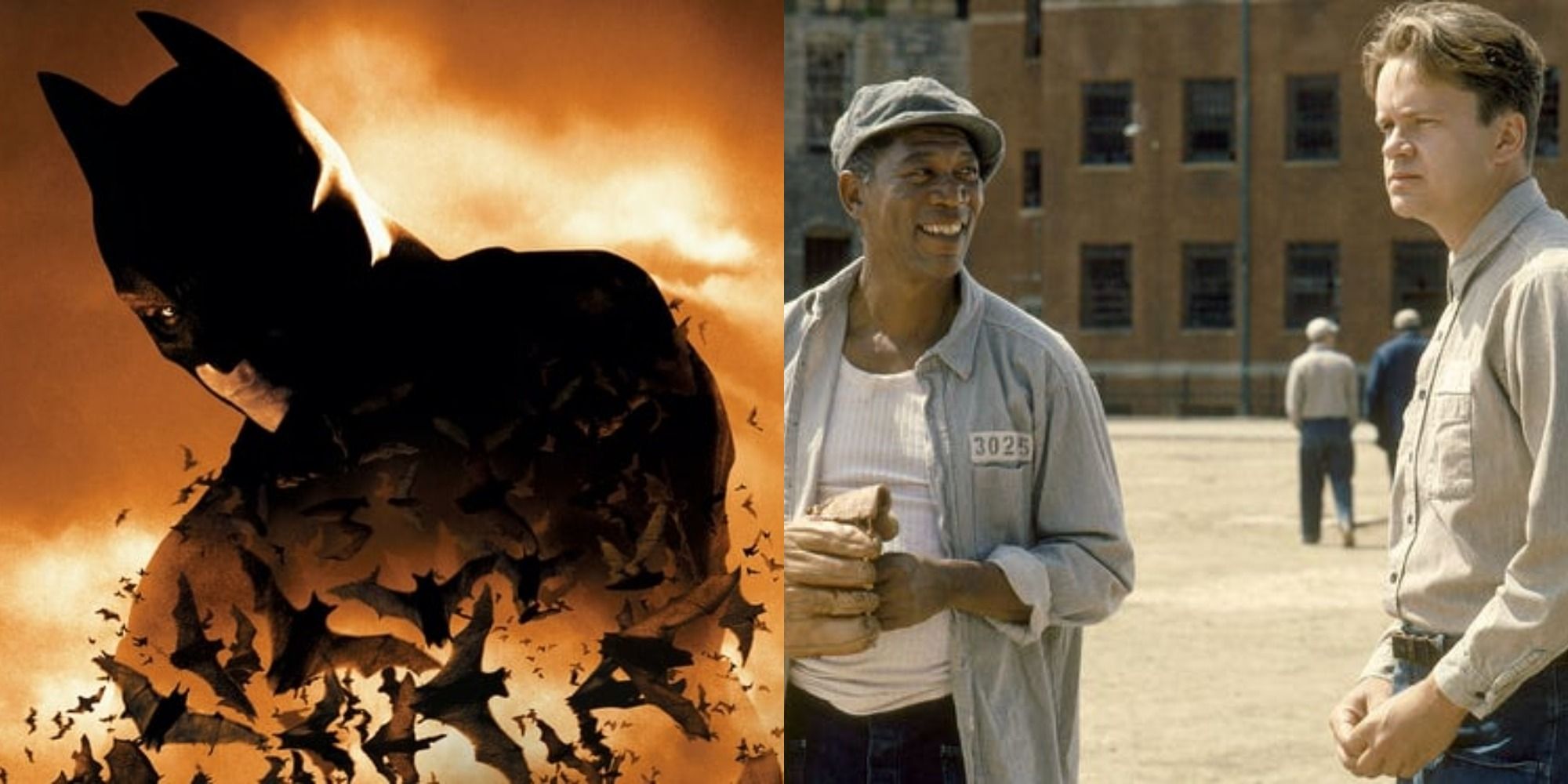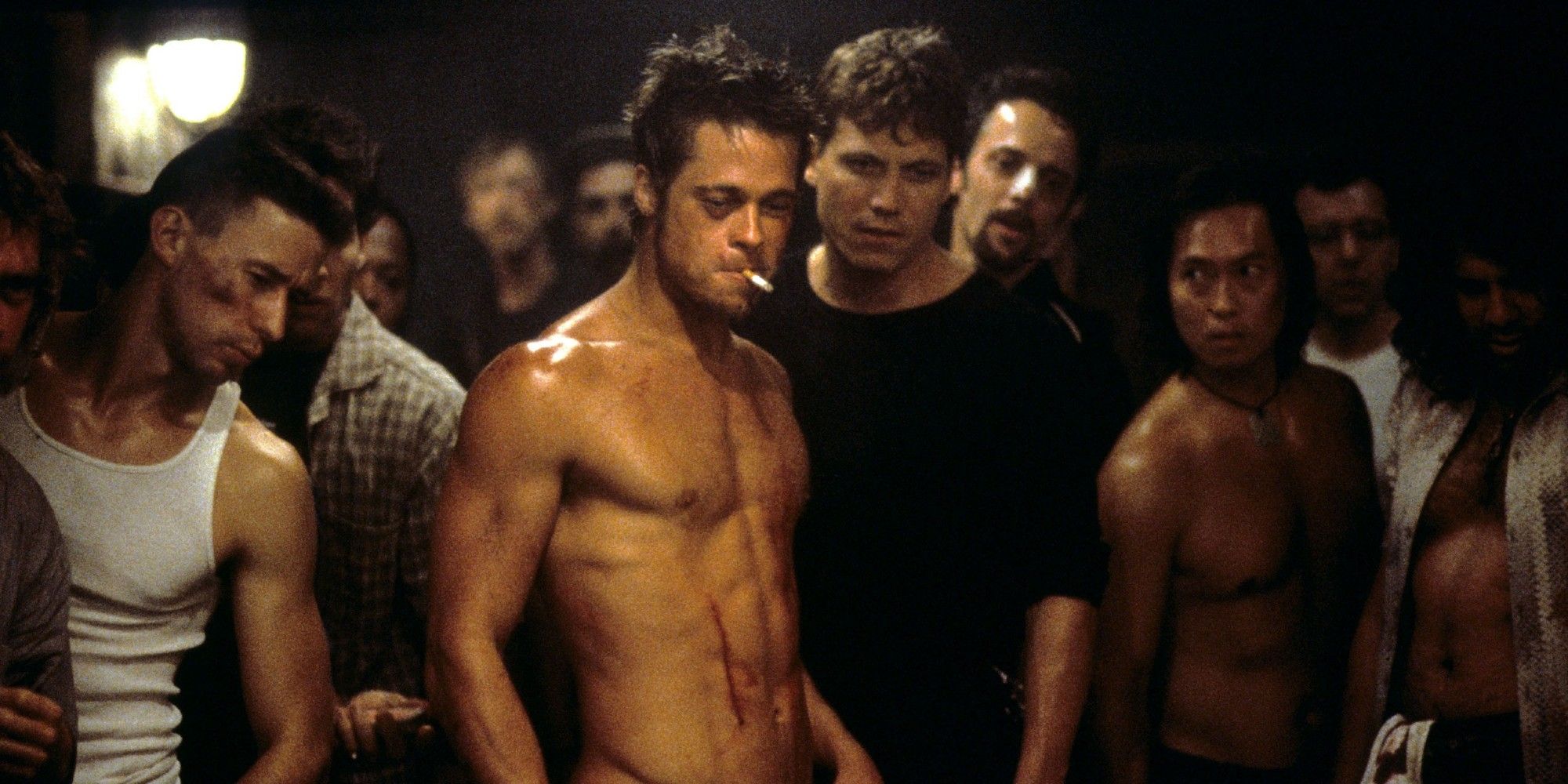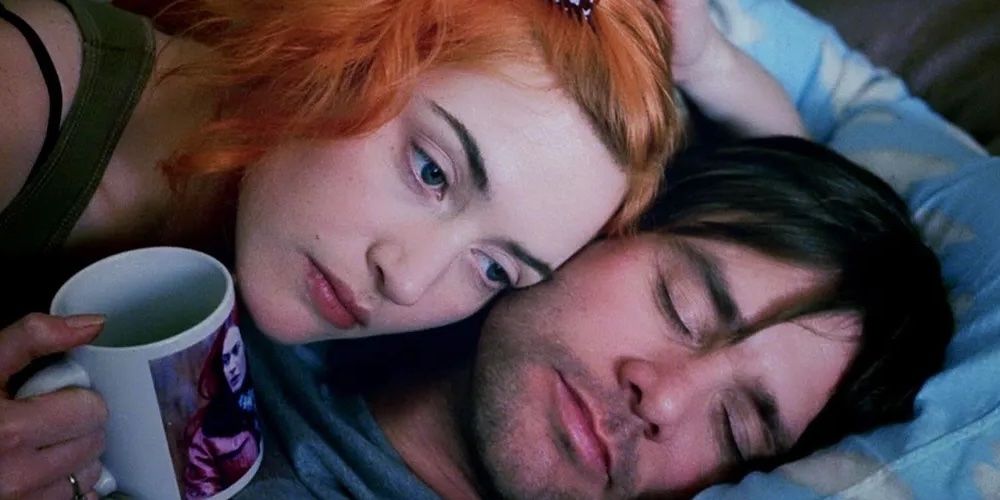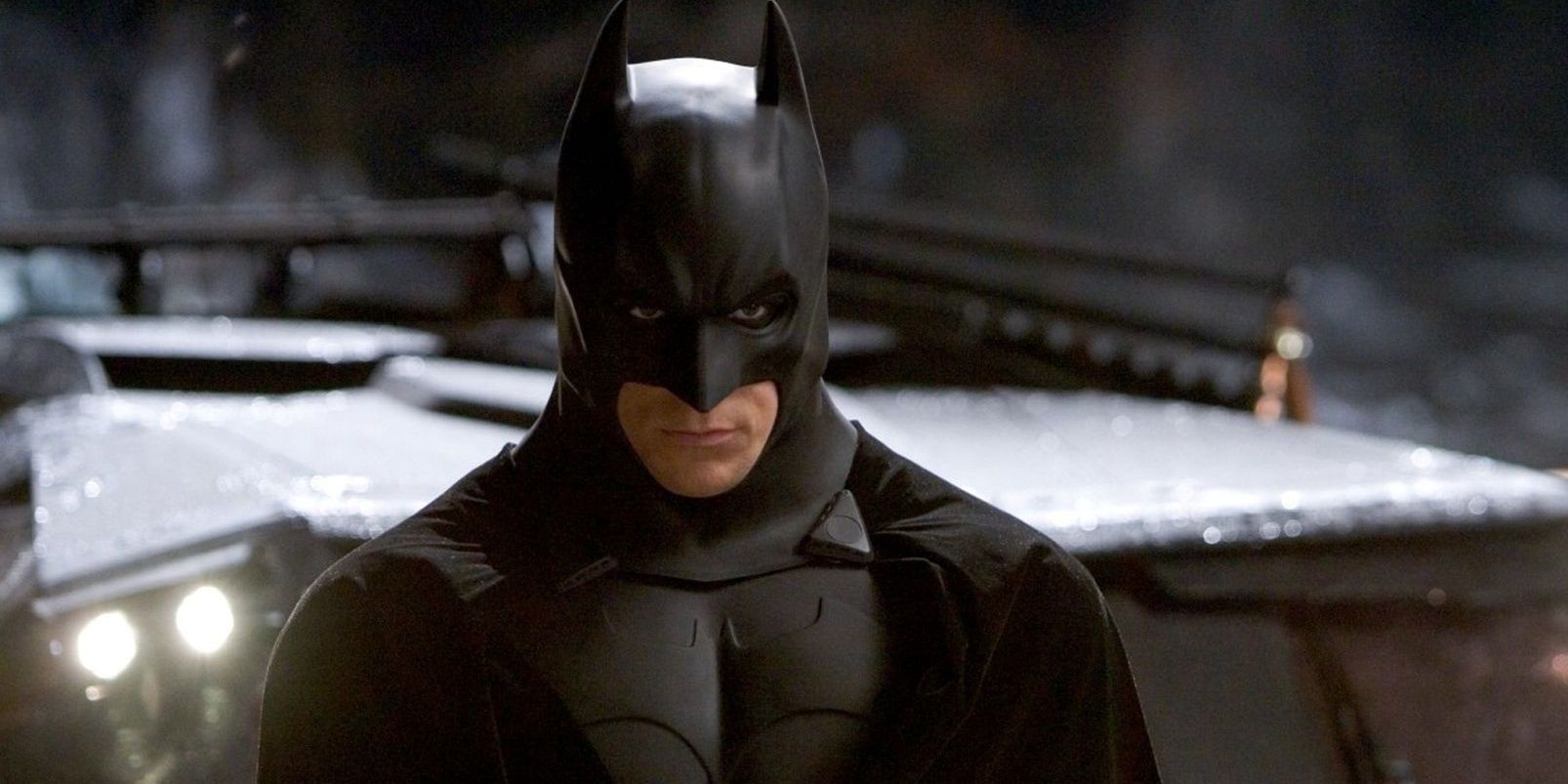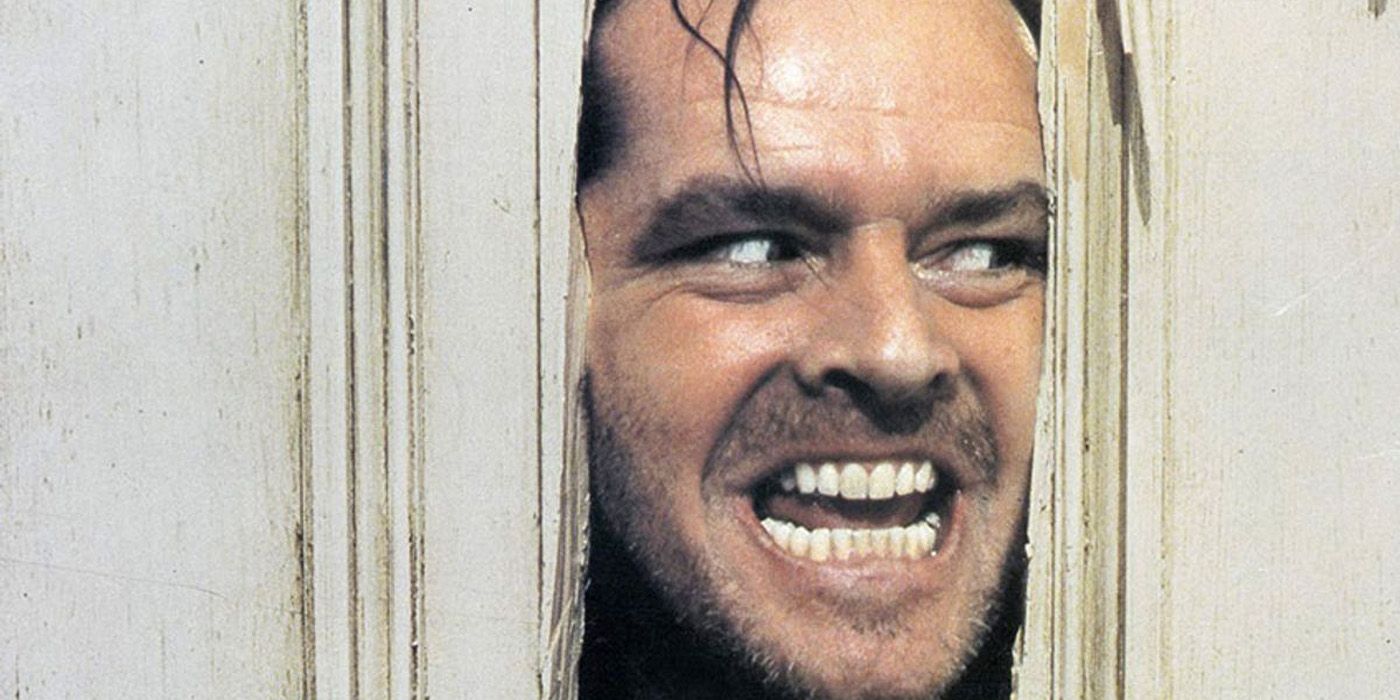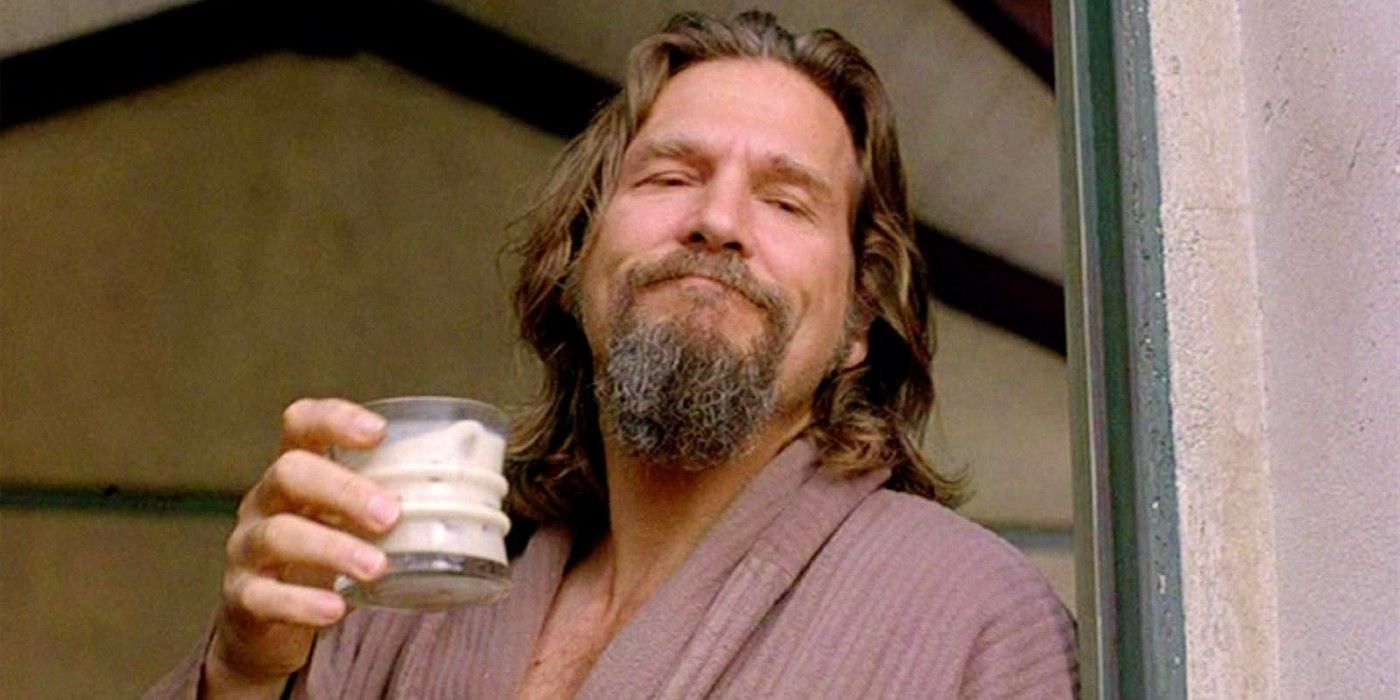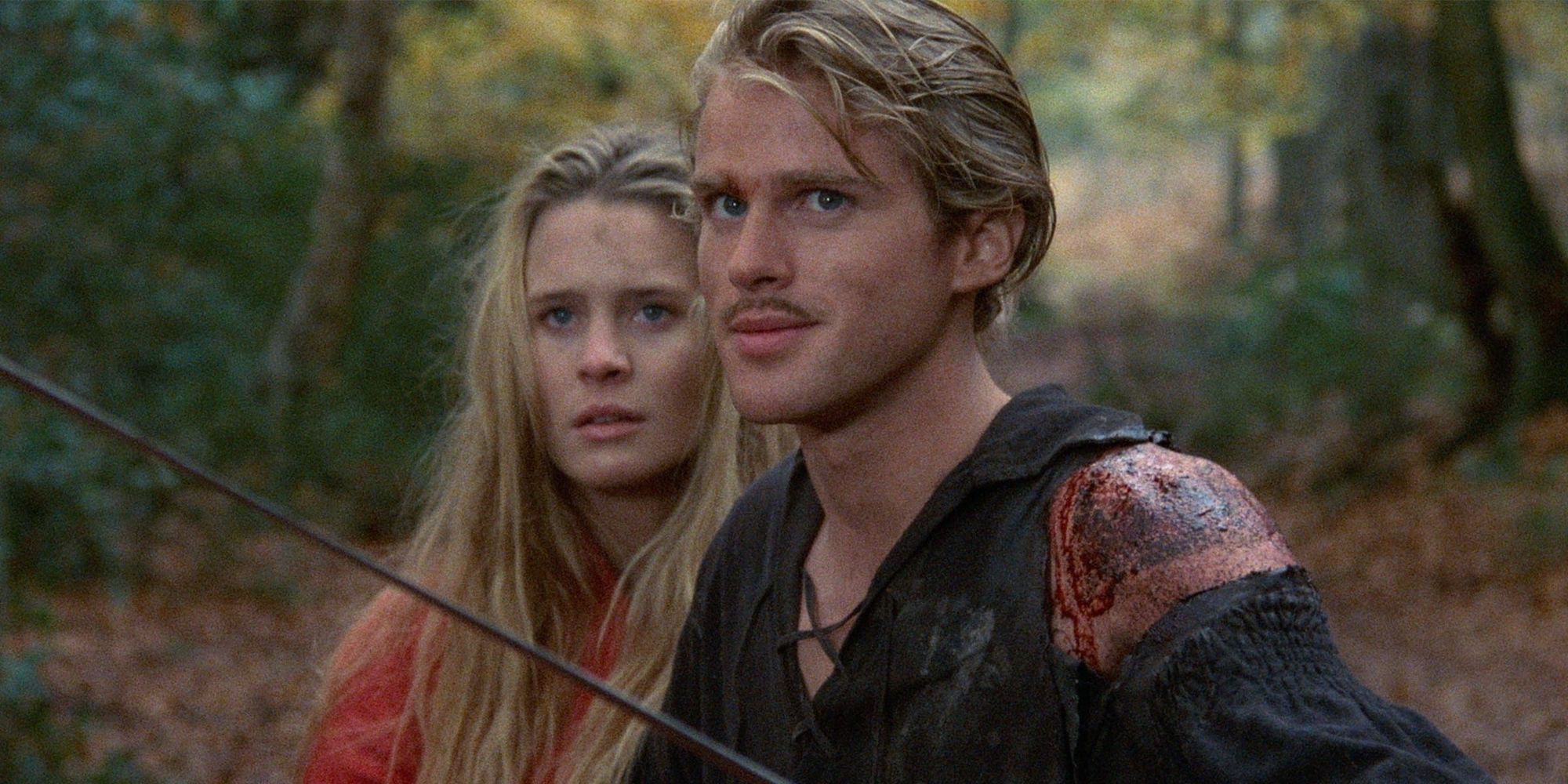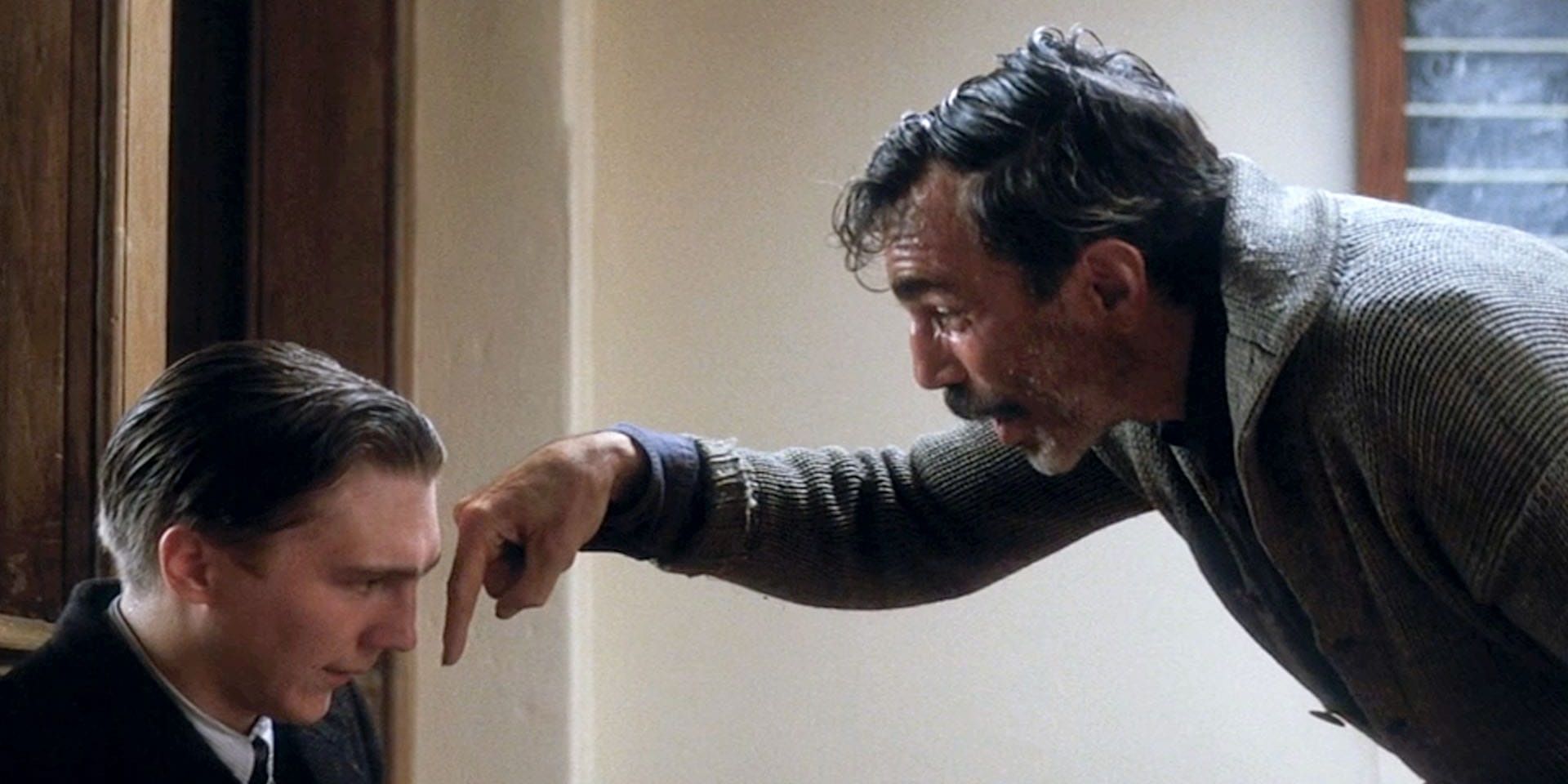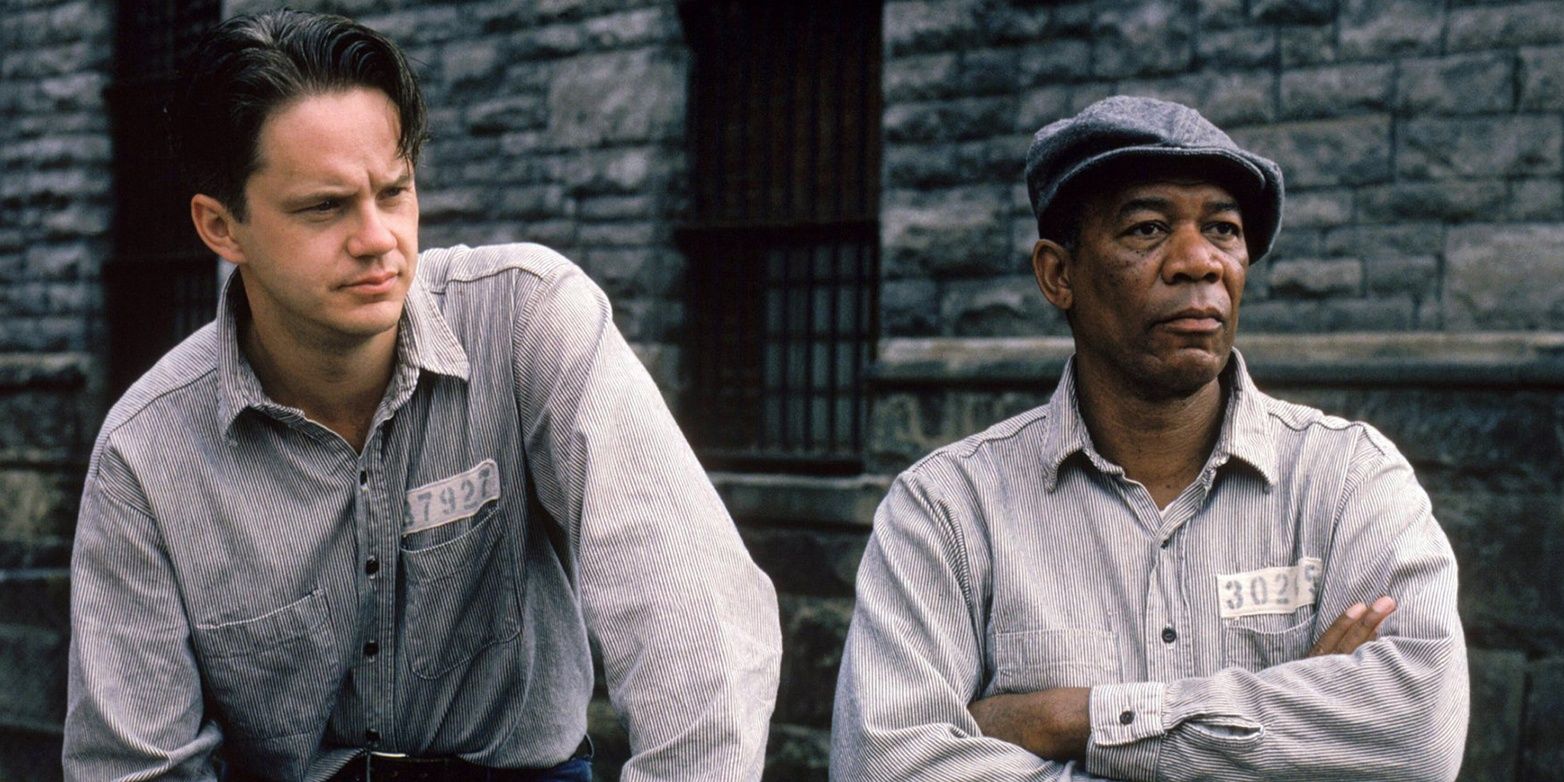When the numbers come rolling in after the opening weekend of a movie's release, the domestic and international grosses often capture public attention. However, these numbers alone don't dictate a movie's success. Justice League for example, which was highly anticipated by hardcore fans, made $657.9 million, but still lost upwards of $50 million due to its ballooned budget of almost $300 million and marketing costs.
According to Investopedia, studios generally collect around 60% of a movie's domestic box office revenue, and 20%-40% of international box office revenue. As a result, many movies that are beloved by audiences and critics alike have failed to turn a sizeable profit for their maker, despite looking successful in headlines. Box office figures courtesy of Box Office Mojo.
Fight Club
Made on a budget of $63 million, the cult favorite Fight Club had trouble finding an audience during its box office run. While Fox Searchlight toiled over how to market the movie, ultimately they decided to spend millions on an ad campaign that highlighted the movie's hyper-violent combat scenes rather than its more nuanced messages.
Fight Club went on to earn $101.2 million at the box office, which made many Hollywood insiders consider it to be a flop. At the time, Fight Club was lambasted for being controversial, gimmicky, and irresponsible by critics, but simultaneously drew praise for its portrayal of modern manhood. Following its release, Fight Club gained the reputation of being a 'guys movie', and there were multiple instances of male groups forming their own fight clubs. Due to its notoriety, the movie slowly raked in about $55 million in rentals over the following years, leading to a small profit.
Eternal Sunshine Of The Spotless Mind
Winning the Academy Award for Best Original Screenplay in 2005, Eternal Sunshine of the Spotless Mind pulled in a total of $74 million at the box office. With a budget of $20 million, a large amount of money for an 'independent film', the Jim Carrey-Kate Winslet starrer also spent $10 million on marketing the movie, adding to its prerelease costs.
The qualities that critics praised it for, the casting of Jim Carrey against type, the complex camera work, and the nonlinear narrative, are the same qualities that drove audiences to go see more conventional fare like Dawn of the Dead during its run. The movie consistently drew in moviegoers week to week without a significant dip in returns, but it wasn't equivalent to the response that it saw on the awards circuit. In the end, though considered to be financially successful, it's unlikely Eternal Sunshine of the Spotless Mind was able to turn more than a small profit.
Batman Begins
The first movie of The Dark Knight Trilogy grossed significantly less than its sequels, bringing in $373.6 million worldwide. Budgeted with an estimated $150 million in production costs, Warner Brothers spent an additional $100 million marketing the movie.
It may seem like a weak performance by today's standards, but Batman Begins came out before the increased popularity of comic book movies and had to distinguish itself from the most recent Batman movie iteration, the all-around panned Batman & Robin. Its following sequels The Dark Knight and The Dark Knight Rises built off of its momentum and both made over $1 billion, leading Warner Bros to make a large profit on the three movies as a whole.
The Shining
The theatrical release of The Shining only grossed $47 million off of a budget of $19 million. It had the 3rd largest opening weekend ever for a movie playing on under 50 screens at the time, only behind Star Wars and The Rose, but failed to scale up this success when it opened in more theaters.
There were multiple reasons for this, the biggest being that its opening weekend was the same one as the opening weekend of The Empire Strikes Back. During its 1980 run, The Shining also contended with mixed reviews, multiple edits, and the disapproval of Stephen King, the author of its source material. It was only in subsequent years that The Shining was critically reevaluated and found a larger audience amongst horror fans.
Mad Max: Fury Road
Despite grossing $375.6 million worldwide, Mad Max: Fury Road likely didn't generate positive returns for Warner Bros. The movie went well over budget from $157 million to $185.1 million during production, and with the inclusion of marketing costs, over $200 million was spent getting the movie into theaters.
The project spent over a decade in development, and when production finally got underway in 2012, it took almost 3 years to get from the beginning of principal photography to opening weekend. Aside from production troubles, the movie opened in a crowded market, dealing with the competition of Avengers: Age of Ultron, San Andreas, and Jurassic World, movies that aimed to draw similar audiences.
The Big Lebowski
"The Dude" is a now-iconic figure in pop culture, but when it was originally released in 1998, The Big Lebowski came in 6th place its opening weekend. Facing stiff competition, it only grossed $46.7 million worldwide off of a $15 million budget during its box office run.
Notably, its opening weekend came in behind The Wedding Singer and the 12th week of Titanic. While this led to a low theater turnout for the movie, The Big Lebowski found a wider audience in the following years, lead by midnight screenings, Lebowski Fest, and even Dudeism, a religion based on "The Dude's" lifestyle. As a result of its status, the movie was preserved in the National Film Registry in 2014.
Hugo
Martin Scorsese's family-oriented adventure drama garnered more Academy Award nominations in 2012 than any other movie, but couldn't translate this acclaim into box office success. Costing somewhere between $156 million to $170 million to produce, Hugo only made $185.8 million worldwide at the box office.
Before Hugo hit the big screen, its production woes with 3-D formatting led to a lack of proper preparation time. Its weak performance can also be attributed to the simultaneous release of two other children's movies, The Muppets and Arthur Christmas, and the continued dominance of the 4th installment of the Twilight Saga in its second week. All in all, the movie was estimated to have lost roughly $90 million for the studio.
The Princess Bride
This postmodern fairytale directed by Rob Reiner was adored by audiences and critics alike when it was released, even earning a rare A+ CinemaScore. And yet, The Princess Bride only grossed $30.9 million at the box office off of a $16 million budget, leading to small profit at best.
During its initial run, it competed at the box office with Dirty Dancing, Fatal Attraction, and Stake Out, all of which stayed in theaters longer than The Princess Bride. However, after its release on home video, The Princess Bride culturally persevered largely due to its quotability. Both Cary Elwes and Wallace Shawn say they still get approached on the street by fans quoting the movie, decades after its theatrical run. In 2016, the movie was preserved in the National Film Registry.
There Will Be Blood
Ranked as the third greatest movie of the 21st century by a BBC poll of 177 critics, There Will Be Blood is considered by many to be Paul Thomas Anderson's crowning achievement. While in theaters, it made $76.2 million worldwide off of a budget of $25 million.
Under normal circumstances, this would've led to a modest profit. However, in a highly competitive awards season, Paramount spent almost $40 million marketing the movie, off-setting whatever financial returns they would've made. There Will Be Blood ended up losing Best Picture at the Academy Awards to No Country for Old Men, but the awards campaign was not entirely in vain, as its star Daniel Day-Lewis came home with the Oscar for Best Actor.
The Shawshank Redemption
The Shawshank Redemption was nominated for 7 Academy Awards in 1995 and as of 2021 is ranked by IMDb users as the #1 movie of all time. But, when it was released, it only made $58.3 million off of its $25 million budget, never breaking into the top 5 highest-grossing movies of the week.
Deemed by many at the time to be a flop, it wasn't until it was available to rent that it started seeing post-theatrical success, where it quickly became one of the most rented movies of 1995. The Shawshank Redemption then became a mainstay on cable networks due to its low broadcasting cost, bringing in record-breaking numbers. Executives at Warner Bros., who acquired the rights to the movie in 1996, have said it is one of the most valuable assets in their library.

